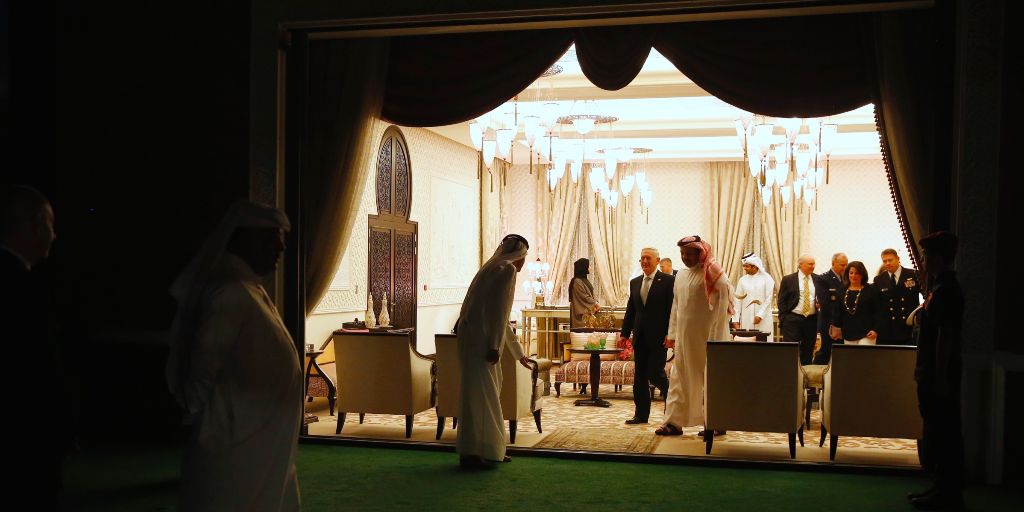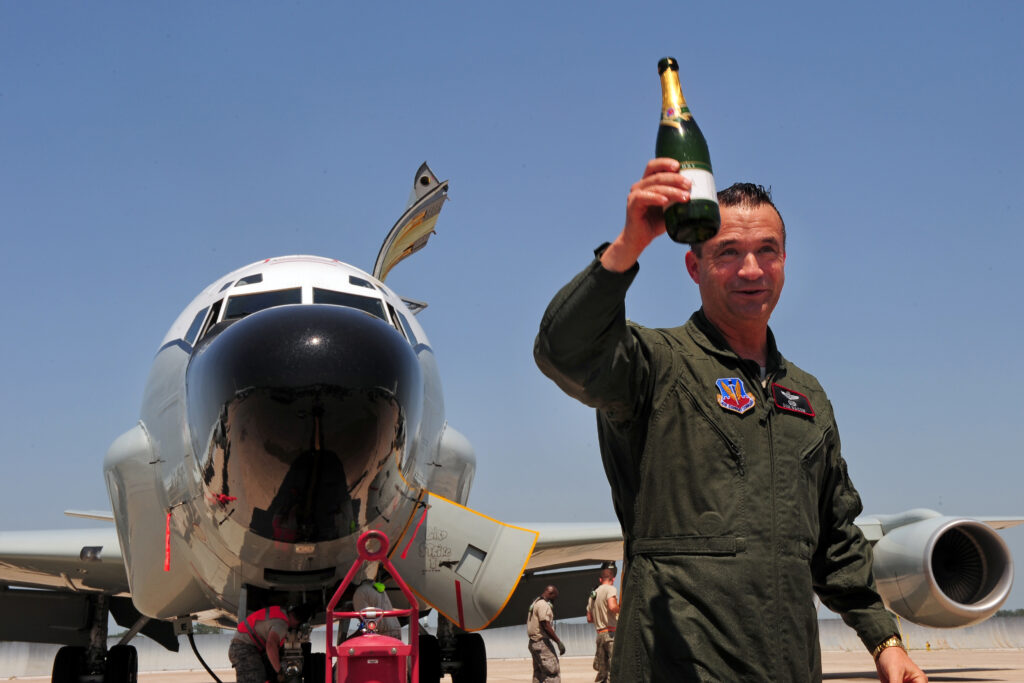By Robert Farley
 The term “Indo-Pacific” has become an analytical hot potato. U.S. strategists and political leaders (including then-Secretary of State Hillary Clinton) have increasingly used the term to describe the set of strategic relationships that structure behavior in from the Eastern Indian Ocean into the Western Pacific. The term effectively puts China, India, Japan, Australia, and the United States is the same geostrategic orbit, a move which would seem to work to the benefit of the United States.
The term “Indo-Pacific” has become an analytical hot potato. U.S. strategists and political leaders (including then-Secretary of State Hillary Clinton) have increasingly used the term to describe the set of strategic relationships that structure behavior in from the Eastern Indian Ocean into the Western Pacific. The term effectively puts China, India, Japan, Australia, and the United States is the same geostrategic orbit, a move which would seem to work to the benefit of the United States.



/arc-anglerfish-arc2-prod-mco.s3.amazonaws.com/public/MYUC6SHLS5GEXMOB5ZPQXVUZXQ.jpg)


